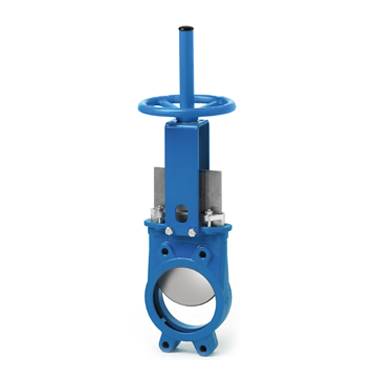
Why use a gate valve vs a ball valve?
With so many different types of valves on the market today, it can take time to decide which valve is most suitable for your application. In this article, BM Engineering Supplies explores the merits of gate valves vs ball valves. Selecting the best valve can make or break your system. Ball valves and gate valves are both designed to restrict and control flow. Which gives better longevity and leak prevention, though? Are ball valves better than gate valves? Continue reading to find out.
What is the main difference between ball and gate valves?
Ball and gate valves perform the same function. However, their structural qualities are markedly different. Ball valves have a stem and ball that turn horizontally and are called “rotational” valves. They’re best suited to applications requiring on/off control without pressure drop.
Gate valves open by lifting a round or rectangular gate – or wedge – out of the path of the fluid. The sealing surfaces between the gate and seats are planar, so gate valves are often used when a straight-line flow of fluid and minimum restriction is needed.
How does a ball valve work?
Ball valves are designed with a ball inside the valve. A ball valve is a form of quarter-turn valve which uses a hollow, perforated and pivoting ball (called a “floating ball”) to control flow through it. It’s open when the ball’s hole is in line with the flow and closed when it is pivoted 90 degrees by the valve handle. The handle lies flat in alignment with the flow when open and is perpendicular to it when closed, making for easy visual confirmation of the valve’s status.
How does a gate valve work?
Gate valves have a flat gate closure that slides in and out or up and down between two parallel plates to open or close the valve. They’re used for shut off, rather than flow regulation, but rather for because they only have two settings: on and off.
Due to their design, gate valves are more prone to corrosion, which can lead to leaks, blockages and stoppage.
Are ball valves better than gate valves?
Ball valves are durable and perform well after many cycles. They’re reliable and securely close even after long periods of disuse. These qualities make them an excellent choice for shutoff applications, where they’re often preferred to gates and globe valves. That said, they do lack fine control in throttling applications.
Although ball valves tend to cost slightly more than gate valves of comparable quality, the minimal saving is not worth the potential issues that are likely to follow. Moreover, ball valves seal much tighter and are therefore much less prone to leaks than gate valves because of their 100% shut-off characteristics.
Ball valves offer greater longevity, a lower rate of failure, and are easier to use than gate valves.
In summary, the choice between ball valves and gate valves depends on the specific requirements of your system. Ball valves are often preferred for simple on/off applications where a tight seal and low-pressure drop are essential. Gate valves are suitable for more precise flow control and regulation. However, it’s essential to consider factors like maintenance, cost, and space restrictions when making your selection.
Ball valves and globe valves at BM Engineering
BME stocks a wide range of ball valves, from quarter-inch to six-inch, at our works in Bishopbriggs. From general-purpose two-piece ball valves, v-ball control valves, and hygienic valves, to heavy-duty ball valves for steam; we have a variety of sizes, end connections and materials to suit many applications. We also stock globe valves up to six inches in size, and can supply many size and material variants on a next-day basis.
Speak to one of BME’s knowledgeable advisers about your ball valve requirements today by contacting us at 0141 762 0657 or email sales@bmengineering.co.uk.


